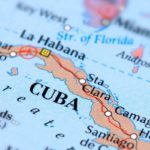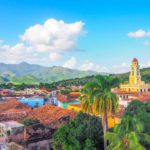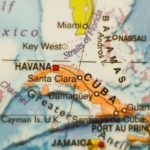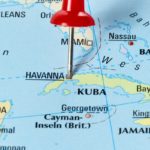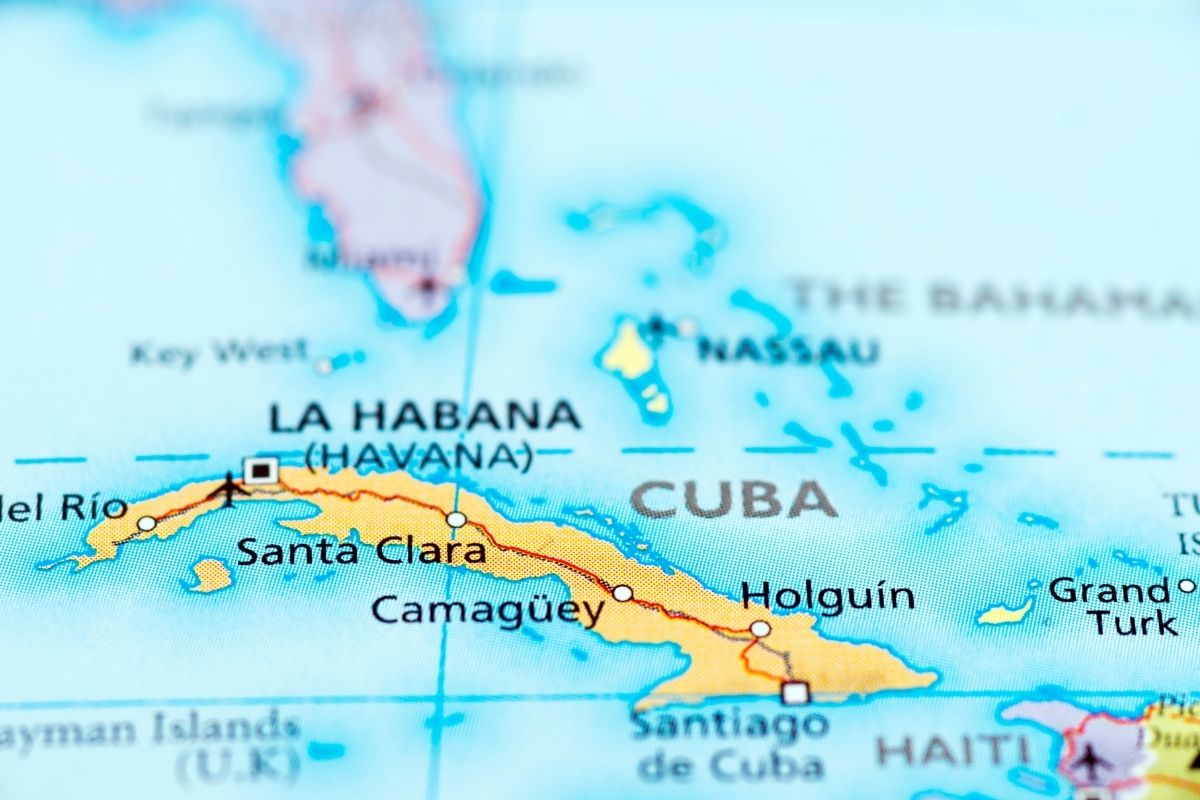Cuba is the largest island in the Caribbean.
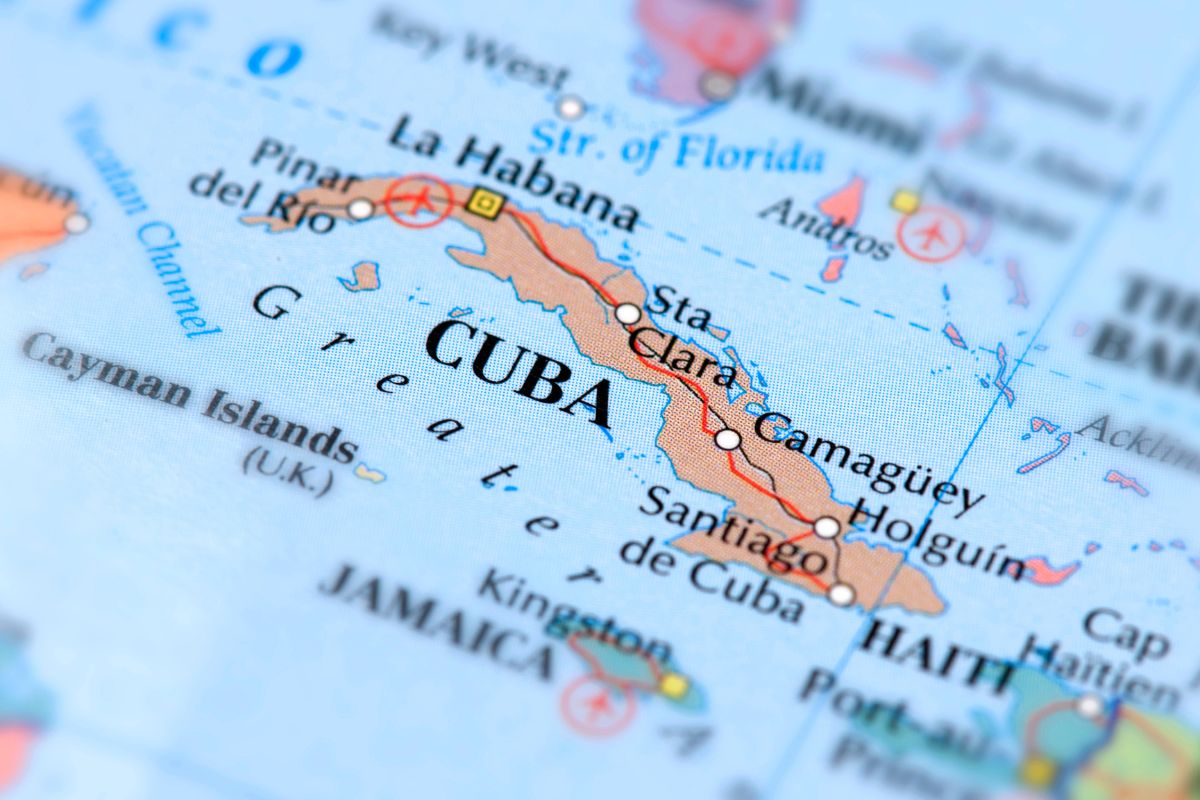
It is located south of Florida and it has been a popular tourist destination for many decades.
But Cuba has a lot to offer besides being a tourist destination. It is filled with natural resources that help keep its economy fresh and in flow.
You may be quite surprised by some of the resources that Cuba actually has.
In this article, we’ll be telling you all about the major natural resources of Cuba as well as their effect on the country’s economy.
So let’s get started!
What Are The Major Natural Resources Of Cuba?
Cuba has a lot of major natural resources it is known for producing.
The major natural resources include nickel, colbat, petroleum, arable land, forests, and also its amazing landscapes, and very rich biodiversity.
Each of these resources helps to bring in money to Cuba’s economy and helps the country in terms of tourism, finance, and keeping afloat.
We’ll be going into all of these natural resources in more detail throughout this article.
The Biodiversity And Landscapes Of Cuba

Cuba is an incredibly beautiful country, filled with jungles, mountains, forests, beaches, grasslands, and low plains.
Each of these environments is home to its own ecosystems, so this gives Cuba one of the most diverse places in terms of animals and flora.
Cuba is actually home to some of the rarest animals, including the bee hummingbird (Mellisuga helenae) which is widely believed to be the smallest bird in the world.
As tourism is a major industry in Cuba, the biodiversity and landscapes really help to attract people from other countries to explore this beautiful country.
This in turn helps Cuba in keeping its economy in a good place.
Nickel
Nickel is actually Cuba’s leading natural resource.
It is used to make coins, stainless steel production, rechargeable batteries, and plumbing fixtures.
Because it is anti-corrosive, it is used to make a wide variety of things, and this makes it desirable for trade from Cuba.
It is the top natural resource in Cuba because it exists in such large quantities.
The Nickel deposits are mainly found in the northeastern region of the country.
On an annual basis, Cuba exports over 50,000 tons of Nickel to other countries.
Some of the top countries Cuba provides nickel for include Italy, China, Canada, the Netherlands, and Venezuela.
The nickel production in Cuba also provides lots of jobs to those that live in Cuba, which is another reason why its nickel industry is so important.
Colbat
Another of its natural resources that are important for the economy is cobalt.
Cuba is one of the top colbat producers in the whole world and it’s actually believed that Cuba is home to the third largest colbat deposits currently on earth.
Colbat is heavily used in the electric car industry, and because electric cars are becoming more and more popular, the global demand for colbat is on the rise.
This is great for Cuba’s economy. Colbat is used for the lithium-ion batteries in electric cars, as well as used for parts of aircraft engines.
The main countries that Cuba exports colbat to are Canda and various European countries.
Just like nickel, colbat exports create plenty of jobs for the people who live in Cuba.
Oil And Natural Gas
You may be surprised to know that Cuba is actually a huge exporter of oil and natural gas.
It has an offshore oil rig and in the northern part of the country, you will find its natural gas reserves.
While there are an estimated 124 million barrels of oil reserves in the country, it is still believed that there are lots of unexplored oil deposits around the country.
This means that if these untapped oil reserves are ever found, Cuba will have the opportunity to improve it’s economy further.
The natural gas that is produced and found in Cuba provides energy for the whole country and it also powers the machines used in the country’s colbat and nickel industries.
Many countries have partnered with Cuba in their oil reserves.
Some of these countries are Canada, Norway, Brazil, Australia, and China.
Arable Land
Around 33% of Cuba’s landmass is estimated to be used for farming.
The country has an impressive amount of arable land and this provides further income and opportunity for Cuba.
The government had full control and ownership over the agricultural lands in Cuba up until about a decade ago, when private ownership was finally granted.
Cuba uses mainly modern farming methods and techniques on its land.
Some of the main agricultural exports that come from Cuba are sugarcane and tobacco.
These two exports are actually the country’s largest agricultural exports and where they make the most money.
Some of the other crops you will find that come from Cuba are bananas, citrus fruits, corn, vegetables, potatoes, rice, and cotton.
Cuba is also known for its livestock sector, especially in terms of cattle, poultry, and pigs.
Around 15% of the workforce in Cuba is actually located within the agricultural sector, and the industry itself equates to 10% of the whole country’s national income.
Forests
Cuba was once home to a huge forest that covered practically the entire island.
Now, Cuba makes a lot of its money from the forest industry.
Common exports from the forests include hardwood from trees such as pines, mahogany, ebony, and ciders.
On top of these wood exports, the forests offer a beautiful attraction to the whole island and are really popular with tourists.
Cuba also sells the wood to local furniture stores, as well as paper factories and construction sites.
The Impact Of Cuba’s Natural Resources On Its Economy
The natural resources of Cuba are very important to the whole country.
Without its natural resources, the country would struggle to keep its economy in a good place.
All the income that is earned through its natural resources is put back into the local economy and redistributed to its citizens.
This is how Cuba keeps the whole country afloat.
Cuba mainly puts this money into its local government services, which in turn, betters the quality of life for its citizens.
Its mineral resources, such as nickel and colbat, go through price fluctuations.
The performance of the economy in Cuba heavily depends on what prices they can get for nickel and colbat, which are always changing due to the international market.
In the mid-20th century, the United States actually stopped trading with Cuba, which caused Cuba’s economy to suffer dramatically.
Before this trading was stopped, the United States was one of the biggest and major trading partners of the nation.
Conclusion
As you can see, there’s more to Cuba’s economy than just tourism.
While tourism does play a huge role in the positive impact on the country’s economy, Cuba has a lot of natural resources that can pretty much match the income of tourism.
The diversity of Cuba’s landscape dramatically helps in its position within its own economy.
Because it has so many ecosystems and environments, this allows the whole country to have access to lots of different natural resources that wouldn’t be so readily available in other places.
So if you were every curious about what the major resources in Cuba actually are, now you know!
- What Is The Largest Island In Cuba? - September 19, 2022
- Havana – Why Is It Cuba’s Most Exciting City? - September 19, 2022
- Cheapest Time To Visit Cuba (Ultimate Guide) - September 19, 2022

